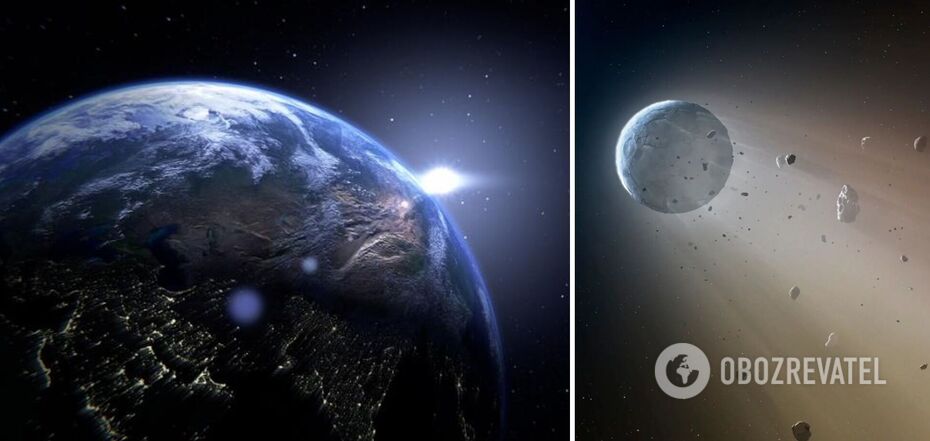Life
Alien life could be hiding on Earth for millions of years: astrobiologist explains where to look for it
Humanity is mistakenly searching for alien life outside our solar system, as it may already be on planet Earth where no one is even looking for it.
This theory was published in the Cambridge University Press journal by Tomonori Totani, a professor of astronomy at the University of Tokyo and an astrobiologist. He urges his colleagues to start researching cosmic dust and other exoplanetary debris that could have fallen to Earth along with meteorites and asteroids.
According to Totani's calculations, up to 100,000 dust particles carrying life can hit the Earth every year.
He explains that when a large asteroid hits a planet, the impact can have cosmic consequences. After such collisions, huge craters are formed, and the matter from them is carried not only across the planet but also beyond. Thus, alien life can find itself in outer space and then be transported to any other planet. This includes our Earth.
Theoretically, Totani believes that fossilised microorganisms or other signs of life could be preserved on such planetary debris and even survive in the harsh conditions of outer space. Some of this debris could end up on the surface of other habitable planets, such as Earth, where it could take hold - or perhaps be explored.
The astrobiologist's idea somewhat overlaps with the panspermia hypothesis, which suggests that life is ubiquitous and spreads throughout the galaxy from one planetary body to another. Totani also mentions this hypothesis, as well as the fact that Martian meteorites have been found on Earth before.
"My work explores this idea using available data on various aspects of this scenario," Totani explained.
The scientist admits that his theory is not infallible and requires many conditions to be met. First of all, not all exoplanet debris can be ejected at a sufficient speed to not only avoid the gravity of the home planet, but also to avoid being affected by the host star. Therefore, such debris must be tiny.
Totani estimates that fragments about one micron (one thousandth of a millimetre) wide would be large enough to accommodate something like a single-celled organism. They would also be small enough to reach interstellar speeds.
"The distances and timescales can be enormous, and both of these factors reduce the likelihood that any ecta containing signs of life from another world could even reach us. Add to this the number of phenomena in space that can destroy small objects with heat or radiation, and the chances become even smaller," the astrobiologist notes.
However, Totani's calculations show that up to 100,000 of these pieces of space dust can land on Earth every year. They may be present and well preserved in Antarctic ice or on the seabed.
These samples, the scientist believes, can be relatively easy to recover compared to space dust containing evidence of microbial life that still floats in space.
Earlier, OBOZREVATEL also talked about the theory of scientists that representatives of extraterrestrial life may be so different from what people imagine that when the first contact occurs, they will not even realise that humanity is a highly developed organism with its own civilisation.
Subscribe to OBOZREVATEL's Telegram and Viber channels to keep up with the latest news.



























